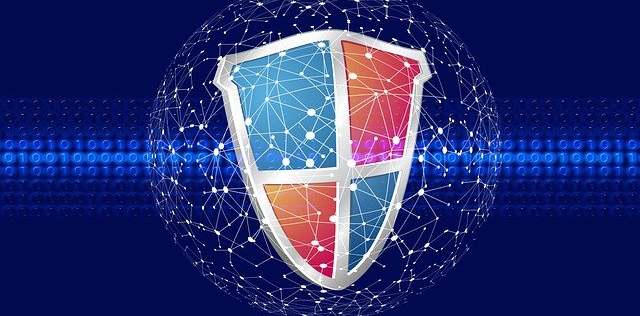Recent Cyber Security Breaches: Chanel, T-Mobile and More

As a managed IT service provider it is important to us to make sure to stay in know about the latest cyber security breaches. Every few weeks we like to share our findings with you here on our blog. Please take a peek below to learn more about some of the most recent cyber security attacks here and around the world.
T-Mobile (United States)
Mobile Phone Company
The Hack: Hacking
Quick Summary: “Hackers are claiming that they’ve obtained data related to more than 100 million US T-Mobile customers in a post on a popular dark web forum. They’re selling access to part of the information for 6 Bitcoin which translates into roughly $277,000. T-Mobile has confirmed the incident after some back-and-forth.” -ID Agent
Read More Here >> Hacker Claims to Have Data on More Than 100 Million T-Mobile Customers, Asks for $277,000
Chanel (France)
Fashion House
The Hack: Hacking
Quick Summary: “French luxury brand Chanel has issued an apology after personal data belonging to its customers was exposed in an incident that impacted customers in Korea. A database belonging to the famed perfume and fashion brand is believed to have been compromised by hackers in a cyberattack at an unnamed cloud-based data storage firm.” -ID Agent
Read More Here >> Chanel Apologizes for Data Breach
Boston Public Library (United States)
Library System
The Hack: Ransomware
Quick Summary: “The Boston Public Library (BPL) has disclosed that its network was hit by a cyberattack leading to a system-wide technical outage. BPL serves almost 4 million visitors per year through its central library and twenty-five neighborhood branches, as well as millions more online. The library experienced a significant system outage and as well as disruption of its online library services. Branch It has been restored and online services are slowly being recovered.” -ID Agent
Bangkok Airways (Thailand)
Airline
The Hack: Ransomware
Quick Summary: “Bangkok Airways has announced that it has experienced a “cybersecurity attack which resulted in unauthorized and unlawful access to its information system”. There’s no word from the company about how many customers were involved in the breach or what timeframe the data came from, but they were quick to assure customers that no operations or aeronautics systems or data was impacted.” -ID Agent
Read More Here >> Bangkok Airways apologizes for passport info breach as LockBit ransomware group threatens data leak
Maine Department of Environmental Protection (United States)
State Government Agency
The Hack: Ransomware
Quick Summary: “Ransomware attacks endangered operations at two Maine wastewater treatment facilities this week. The attacks occurred in the Aroostook County town of Limestone and the town of Mount Desert on Mount Desert Island. Officials were quick to note that the attacks presented no threat to public health and safety, characterizing them as minor. Operations have been restored.” -ID Agent
Read More Here >> In a first for Maine, ransomware hackers hit 2 public wastewater plants
Puma (Germany)
Sportswear Brand
The Hack: Hacking
Quick Summary:
“Threat actors claim to have stolen data from German sportswear giant Puma. The cybercriminals announced the score in a post on a message board at the rising dark web marketplace Marketo claims to have about 1GB of data stolen from the company. Published samples contain the source code of internal management applications potentially linked to the company’s Product Management Portal.
” -ID Agent
Read More Here >> 1 GB of data belonging to Puma available on Marketo
To learn more about how to keep your company safe and secure from cyber security attacks, click here to explore our San Diego IT Services & IT Security plans that are offered by SDTEK.
The post Recent Cyber Security Breaches: Chanel, T-Mobile and More appeared first on SDTEK | San Diego, CA.


